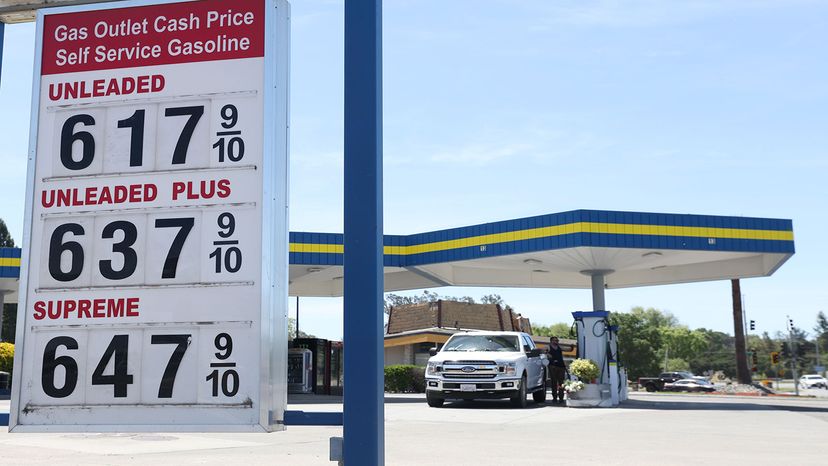According to the U.S. Department of Energy (DOE), most (54 percent) of the you cost of gas at your local gas station can be attributed to crude oil prices.
Economic Growth
The U.S. Energy Information Administration (EIA) lists economic growth as one of the main factors impacting crude oil supplies (and prices). As economies grow, they require increased transportation, which in turn requires more fuel and higher demand for oil.
For example, the U.S. is one of the largest economies in the world. Despite being the world's biggest producer of oil, it is still a net importer of oil. Put simply, it takes a lot of fuel to run a big economy, and as countries race to increase their GDP, demand increases and gas prices rise for everyone.
OPEC
One international group that tends to have a major impact on crude oil prices is the Organization of the Petroleum Exporting Countries (OPEC). OPEC's 12 member countries include some of the world's largest oil reserves.
Together, Algeria, Congo, Equatorial Guinea, Gabon, Iran, Iraq, Kuwait, Libya, Nigeria, Saudi Arabia, United Arab Emirates and Venezuela control about 72 percent of the world's oil reserves, per EIA.
OPEC sets oil production targets for its member countries, and if the targets are low, that can lead to higher oil prices worldwide.
Geopolitical Events
Geopolitical conflict and political changes can have a major impact on gasoline prices.
For example, when Russia invaded Ukraine in 2022, the European Union (EU) and the Group of Seven (G7, which includes the United States) imposed sanctions on Russia, including restricting the country's oil refining capabilities. Following these sanctions, U.S. gas prices hit a record high, according to NPR.
Extreme Weather
According to the DOE, most of the refineries in the U.S. are located along the Gulf Coast. This region is especially vulnerable to hurricanes. Hurricanes on the Gulf Coast can delay refining, which leads to higher gas prices.
Extreme weather in other parts of the country can also cause high gas prices. For example, snow can increase demand as more people heat their homes; meanwhile, snow can cause road closures and oil transportation delays.
